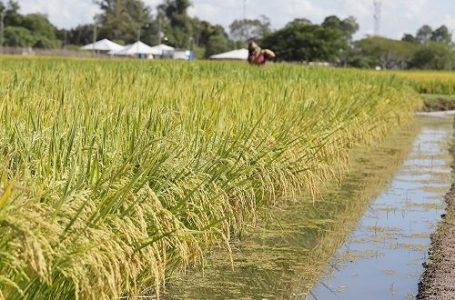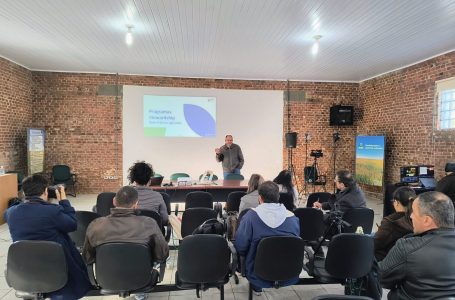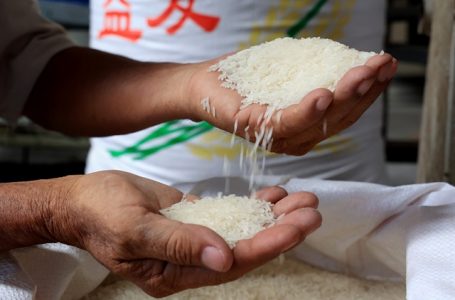Mid-South weed scientists compare notes on dicamba, new rice herbicides
Autoria: Ford Baldwin.
From the time I began my career at the University of Arkansas, there has been a fall meeting called DWWIGT or Delta Weed Workers Informal Get-together. The academic weed scientists from Missouri, Tennessee, Arkansas, Mississippi and Louisiana would gather to informally discuss research findings from the current year.
In the earlier years it was mostly a discussion about new herbicide candidates. Since there aren’t many of those any more, the discussion is now more on current topics. No “outsiders” are allowed, so when I retired in 2002 they kicked me out! However, when things started heating up last year, the young folks decided maybe it wouldn’t be so bad to have a mentor, so I was invited back and attended the past two. I have had a ball.
The main thing I can say is these young weed scientists are so much sharper and better trained than my generation — there is no comparison. Much of the discussion is over my head and the only thing I can ever offer is a little experience.
This year’s meeting was just held and, of course, the hot topic was dicamba. After all of the discussion, it was obvious that scientists from each state agreed that volatility was playing a significant role in the damages to soybean and other vegetation observed in 2017.
Most agreed that the newer dicamba formulations may be less volatile than the older formulations, but volatility remains a significant issue with them.
It was obvious that I am not the only scientist who believes volatiles moving in inversions played a significant role in the landscape effect observed in the Delta this year.
It was also interesting to listen to members from each state discuss their number of “official” complaints and how the different regulatory agencies determined what constituted a complaint. Several commented that if their states used the same method as the Arkansas Plant Board, their numbers would be much higher and closer to the Arkansas numbers.
New rice herbicides
There was a nice discussion on new rice herbicides at the meeting. There is a lot of excitement on all of the new things coming. The group was unanimous in their feeling that Provisia rice is going to provide much-needed help controlling weedy rice and grass weeds.
There was concern expressed over crop injury in certain situations and how it may relate to rates and environmental conditions.
The current variety lags behind in yield potential, but the group felt it could still contribute in severe weed situations. Better varieties will hopefully be coming.
Many in the group felt the new herbicide Loyant is the best-looking rice herbicide to come along perhaps since propanil. It has outstanding activity on aquatics, broadleaves, sedges and barnyardgrass. There was much discussion on what rates would control what weeds.
I am excited about the herbicide but also concerned about potential off-target issues with soybeans. It would seem that herbicide could potentially be more injurious to soybeans than any current rice herbicides. An intense training program had better be in order before launch.
I am concerned that no aerial off-target research has been allowed to this point. Unless our applicators are well-trained on the product, I am afraid there could be a bunch of first-year surprises — which is the last thing we need.







